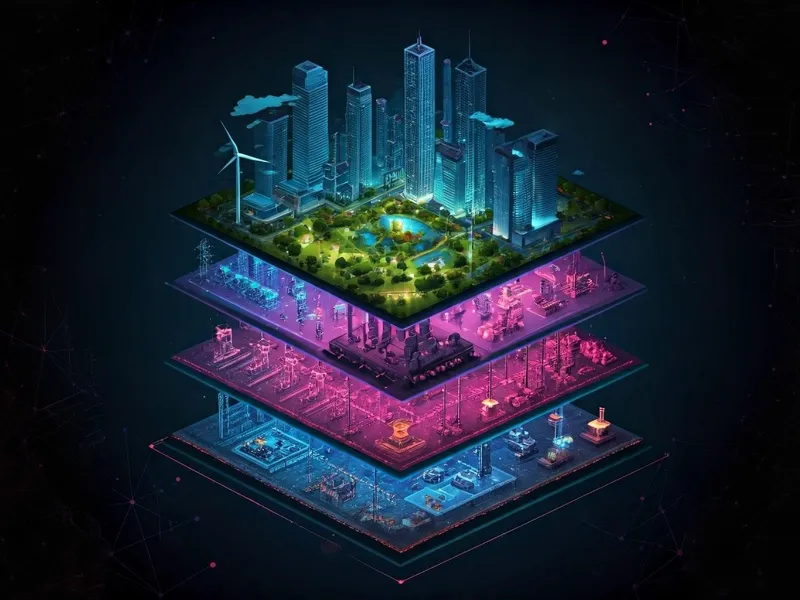An introduction to the world of digital twins:
A digital twin is an exact digital replica of a physical object, system or process. This replica is based on data collected by sensors, IoT (Internet of Things) devices and other technologies. A digital twin makes it possible to monitor, simulate and analyse the physical counterpart in real time.
The origins of digital twins
The idea of the digital twin originated in the aerospace industry – engineers create digital models of aeroplanes and spacecraft to monitor and improve their performance. In recent years, however, the concept has spread to many other industries, including manufacturing, healthcare, construction and urban planning.
Applications of digital twins
- Manufacturing and Industry 4.0
- Monitoring and maintenance: Digital Twins enable continuous monitoring of machines and systems. By analysing sensor data, companies can carry out predictive maintenance and minimise downtimes.
- Optimisation of production: Digital Twins can be used to simulate and optimise manufacturing processes to increase efficiency and quality.
- Construction and property
- Planning and design: Architects and engineers can create digital twins of buildings to test different design options and assess the impact on energy consumption and sustainability.
- Facility management: Building managers can use digital twins to monitor and improve the condition and performance of buildings.
- Healthcare
- Patient care: Digital Twins can be used to create virtual models of patients. These models help doctors to develop personalised treatment plans and predict how patients will respond to certain therapies.
- Medical devices: Medical device manufacturers can use digital twins to monitor and improve the performance and reliability of their products.
- Urban planning and smart cities
- Infrastructure management: Cities can use digital twins to manage infrastructure, optimise traffic flows and reduce energy consumption.
- Emergency management: In the event of natural disasters or other emergencies, digital twins can be used to enable fast and precise responses.
Advantages of Digital Twins
- Real-time monitoring: Enables continuous monitoring and immediate response to changes.
- Prediction and prevention: By analysing data, potential problems can be predicted, and preventative measures can be taken.
- Cost reduction: Optimised processes and predictive maintenance can enable significant cost savings.
- Improved decision-making: Digital Twins provide a sound basis for decisionmaking through accurate data and simulations.
Challenges and prospects
Despite their many advantages, digital twins face several challenges. These include integration into existing systems, data protection and security, as well as the need for large amounts of data and powerful computing resources.
However, the future of digital twins is promising. As technologies such as artificia intelligence (AI), machine learning and 5G advance, digital twins will become even more powerful and versatile. They have the potential to revolutionise almost every industry and
fundamentally change the way we interact with the physical world.
Conclusion
Digital twins are more than just digital copies – they are transformative tools that make it possible to better understand and optimise the physical world. Whether in industry, healthcare or urban planning, the applications and benefits of digital twins are diverse and far-reaching. We are sure to see many more exciting developments and innovations in this area in the coming years.
Stay tuned to find out more about the exciting advances and applications of digital twins. The digital and physical worlds are moving closer together – and digital twins are at the centre of this fascinating development.
